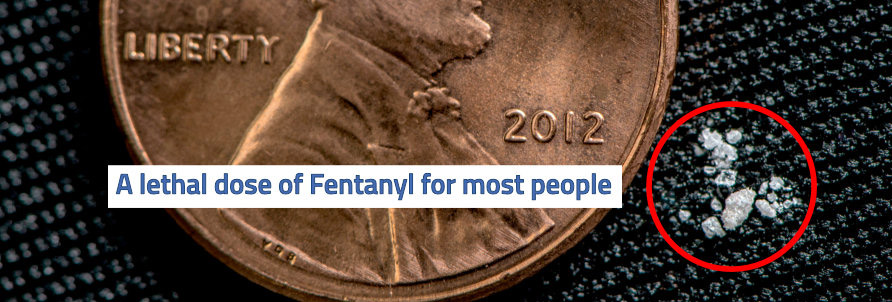
The Drug Enforcement Administration found fentanyl-laced substances more than 8,600 times in one six-month period alone. The problem is truly becoming epidemic: 28,400 people died of synthetic opioid overdoses in 2017 alone. At APLA Health, we are very aware of this problem and are responding by offering free testing strips that you can use to determine if fentanyl is present in any substances you might be using.
We can provide you with testing kits and additional information on fentanyl.
Ask any APLA Health employee for confidential assistance.
CBS NEWS VIDEO: Fake prescription drugs laced with fentanyl fueling spike in overdose deaths, DEA warns (youtu.be/c0M_8i3ixWY)
Source: National Institute on Drug Abuse; National Institutes of Health; U.S. Department of Health and Human Services.

Treatment can help you reduce or eliminate unhelpful and unhealthy behaviors that sustain addiction and substance use. APLA Health offers treatment for drug misuse at multiple locations throughout Los Angeles County, including West Hollywood, Koreatown, Baldwin Hills, and Long Beach.
Some examples of treatment services we provide include:
Contact APLA Health’s Gleicher/Chen Health Center at 323.329.9722 for more information.

APLA Health’s crystal methamphetamine program aims to reduce the opportunities for active methamphetamine using (MSM) men who have sex with men to acquire or transmit HIV through their sexual and drug using behaviors.
The program aims to empower participants to make informed choices and focus on key public health areas through the implementation of Health Navigation Sessions (HNS), thus reducing the social isolation caused by the use of the drug, improving their personal health and that of their larger community.
Health Navigation Sessions are provided in both English and Spanish to promote harm-reduction strategies for gay men who do meth and who are concerned about the negative impact of methamphetamine use in their lives. These sessions are especially for men who are not currently in substance abuse treatment.
For more information, text or call us at 323.736.2008 or email rsediles@aplahealth.org.


